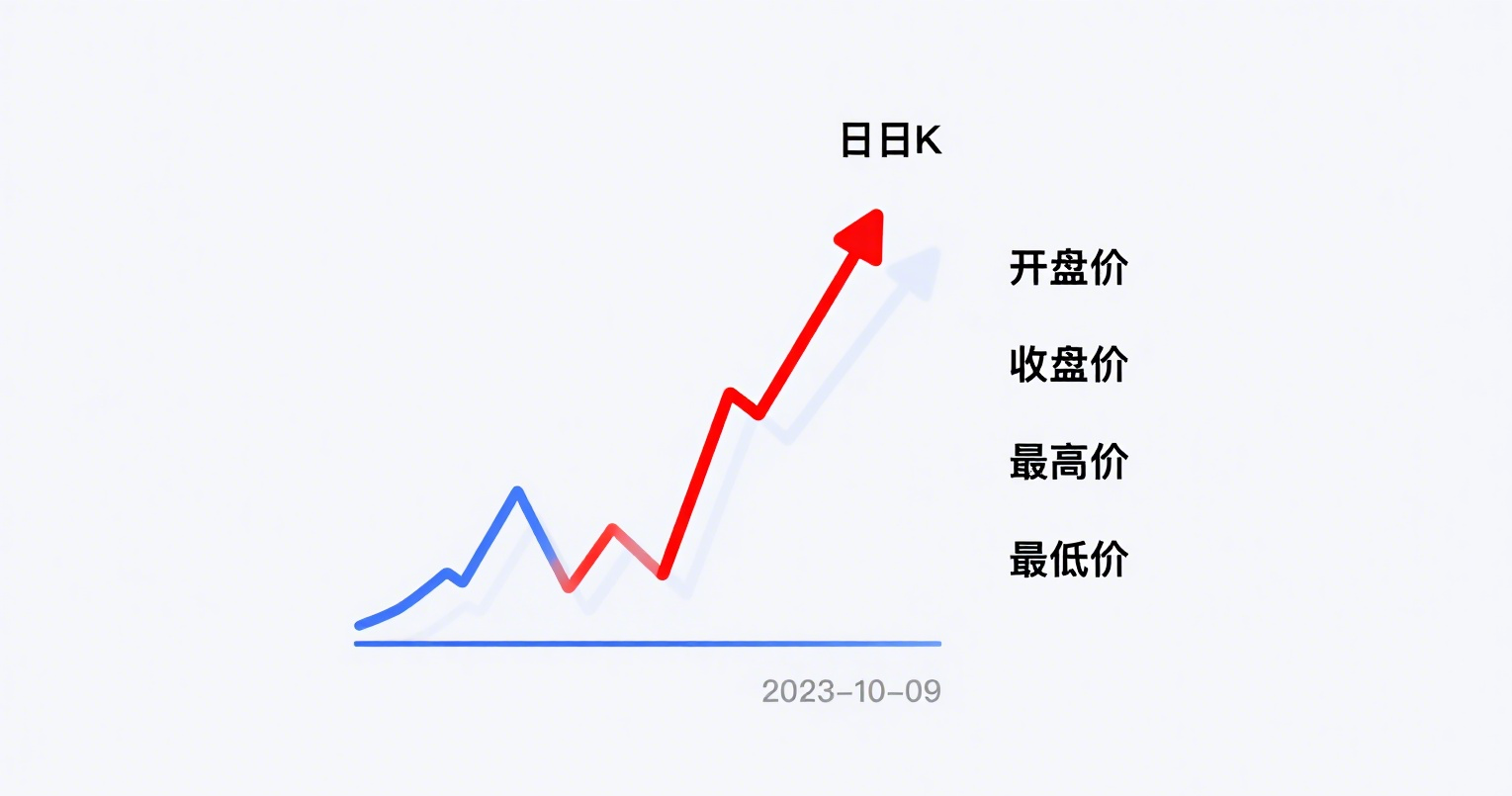
US Inflation May Reach an Upward Inflection Point in the Next 1–2 Months
Among the three factors delaying tariff-driven inflation transmission, we find that the first two may soon shift to supporting higher inflation: The downward bias in inflation readings due to seasonal adjustment model flaws is likely to largely disappear in July data, allowing seasonally adjusted month-on-month inflation growth to reflect actual price increases. Meanwhile, the lagging effect caused by bimonthly sampling will fade over time. The US "front-loading imports" phase has largely ended, and some core goods have already seen significant price increases, transmitting to overall inflation. Our inflation subcomponent model predicts that core CPI month-on-month growth will reach an upward inflection point in the next 1–2 months, with the median increase rising from 10–20bp to 30–40bp, pushing core CPI back above 3%. The earliest validation could come from the July CPI data released on August 12. While the year-on-year CPI inflation inflection point technically appeared in April, it mainly reflected base effects and offered limited market implications—it is the month-on-month inflection point that truly drives market pricing.
The prevailing market view is that tariffs cause "transitory" or "one-off" inflation. However, US imports include both final goods and intermediate goods. Tariffs on final goods lead to one-time price hikes, creating temporary inflation. In contrast, tariffs on intermediate goods gradually propagate price pressures through supply chains, resulting in persistent inflation. Combining the inflationary effects of tariffs on both final and intermediate goods, we expect this inflation uptrend to last nearly a year rather than fade quickly.
Using input-output tables for US imports, we estimate both the direct and indirect impacts of tariffs on different inflation components, then aggregate the effects based on their weights. Assuming US consumers fully bear the tariff burden, the total CPI inflation increase would be in the 110bp–120bp range. However, since foreign exporters and US importers may absorb some costs, and considering consumer substitution effects, the actual inflation increase should be below 120bp. Thus, this cycle’s inflation peak will likely be notably lower than the 2021–2022 surge (when CPI inflation peaked at 9% in 2022).
It’s important to note that current US policy and economic uncertainties remain high, leaving inflation trajectories subject to significant variability. For instance:
-
If US economic growth slows sharply or enters a recession, weakened domestic demand could fully offset tariff-driven inflation, suppressing price levels.
-
Further material adjustments to tariff policies would also alter inflation paths.
-
Recent dismissal of the US Bureau of Labor Statistics (BLS) commissioner (responsible for nonfarm payroll and CPI data) by Trump raises concerns—if statistical agency independence is compromised, inflation forecast errors may widen.
















